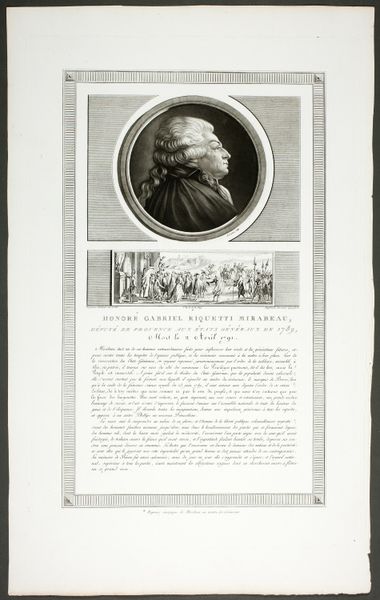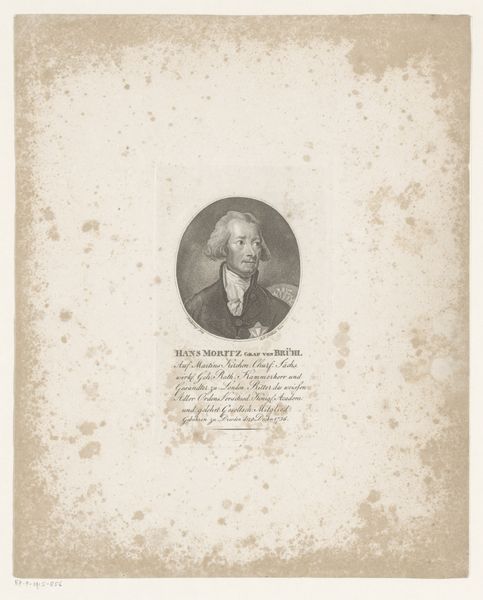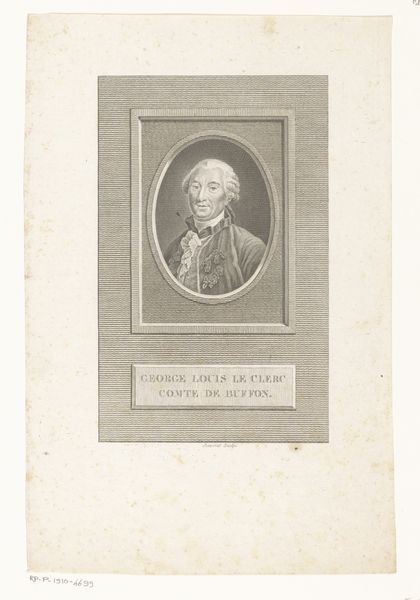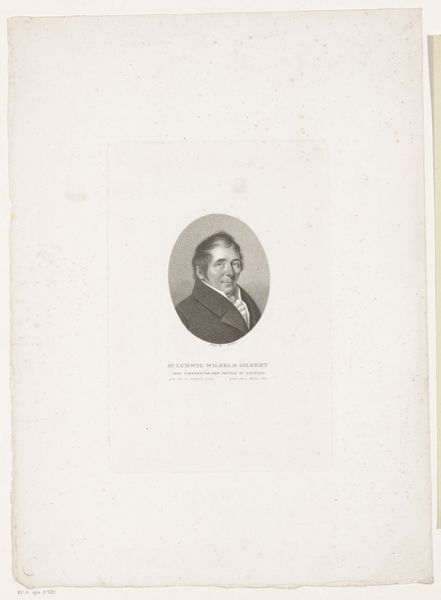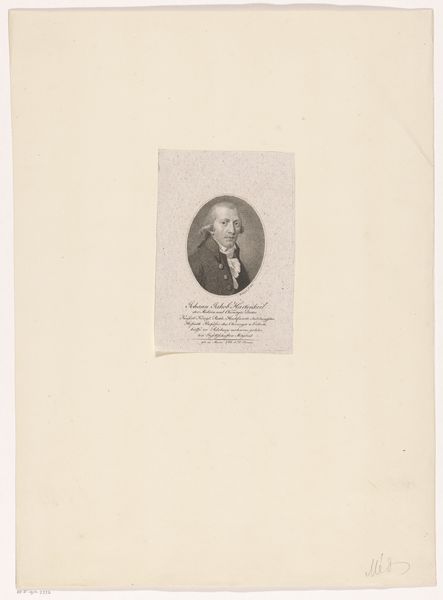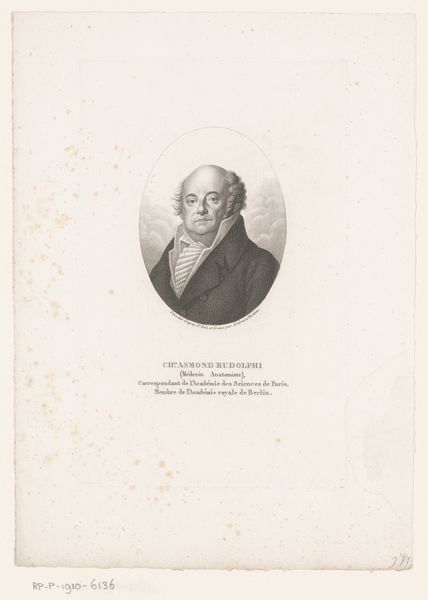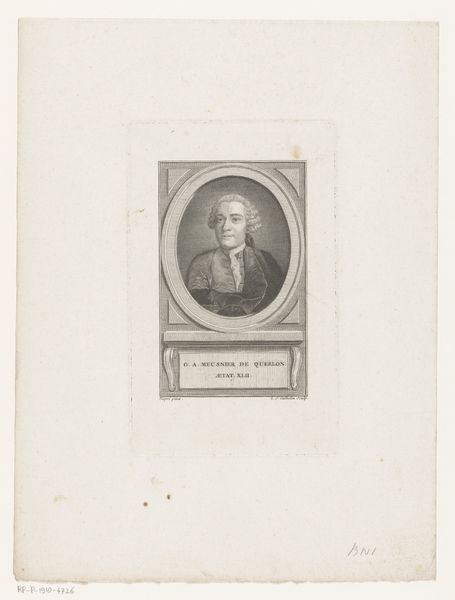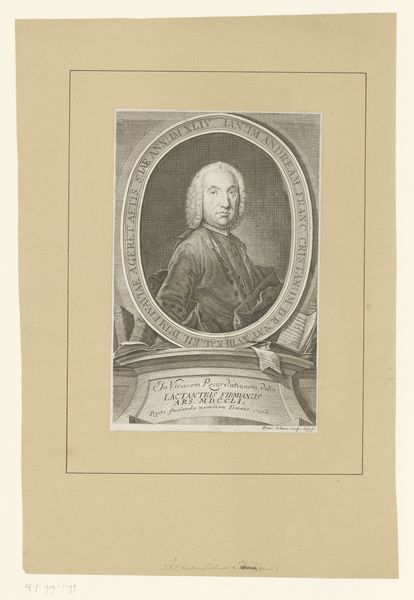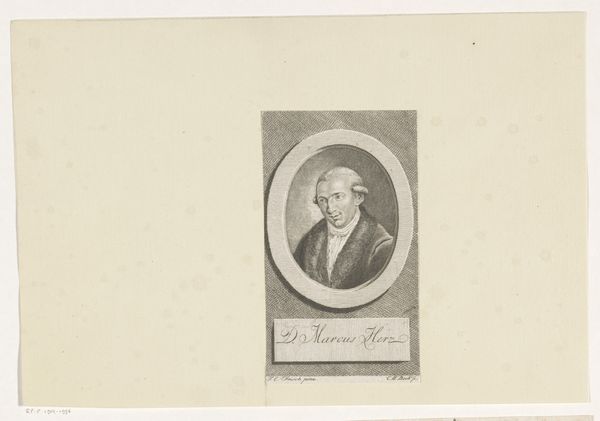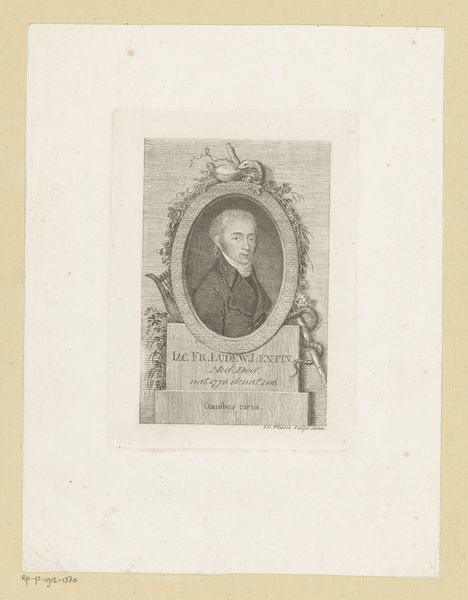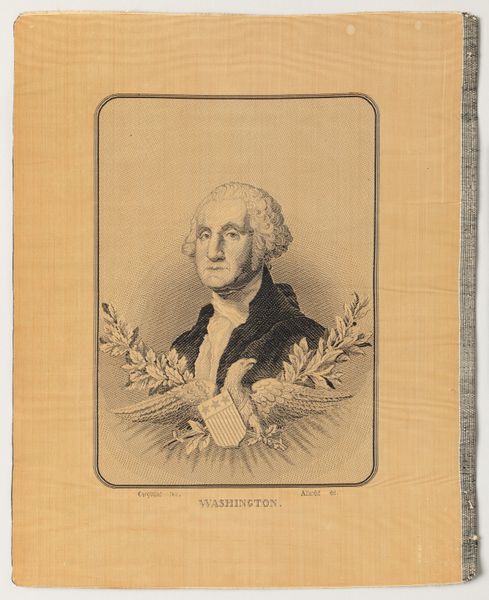
Néker, Minister of State and General Director of Finances, from Tableaux historiques de la Révolution Française 1798 - 1804
0:00
0:00
drawing, print, etching, paper, engraving
#
portrait
#
drawing
#
neoclacissism
# print
#
etching
#
paper
#
france
#
history-painting
#
engraving
Dimensions: 363 × 225 mm (image); 435 × 282 mm (plate); 500 × 316 mm (sheet)
Copyright: Public Domain
Editor: This is “Néker, Minister of State and General Director of Finances, from Tableaux historiques de la Révolution Française,” created between 1798 and 1804 by Levachez, père et fils. It’s an engraving, etching and print on paper. The composition seems to be split, with a portrait up top and what looks like a scene from the Revolution below. What's your take on how these pieces work together? Curator: The combination of portraiture with scenes of social unrest immediately suggests an interest in the material conditions that produce both individual power and popular uprising. Think about the labor involved in creating such prints. Who was consuming these images and why? Were they for the wealthy elite or the burgeoning middle class seeking to understand, and perhaps even participate in, the changing social order? Editor: So, it’s about how this image was circulated and consumed? How does that connect to Necker himself? Curator: Exactly. Necker was a powerful figure, deeply implicated in the economic system of pre-Revolutionary France. This print, then, isn’t just a neutral depiction. Consider the materials—the paper, the ink, the plates used for etching. These all speak to specific modes of production and distribution, and reflect the growing importance of print media in shaping public opinion. The scenes below the portrait indicate a direct link between the decisions he made, or influenced, and the people rising up. Do you notice anything particular about *how* those people are represented? Editor: They're kind of a faceless mob. Which makes me wonder about the intentions behind this image and the process used. Curator: Precisely. Who is in control of this visual narrative? By looking at the means of production and distribution, and by considering the social context in which it was created and consumed, we gain a richer understanding of this historical moment. We can also question the role this work plays in perpetuating power structures or in attempting to subvert them. Editor: That’s fascinating. I never considered the role the materials themselves played in interpreting the message! Curator: Seeing art this way helps us acknowledge not just what’s depicted, but how and *why* it was made.
Comments
No comments
Be the first to comment and join the conversation on the ultimate creative platform.
